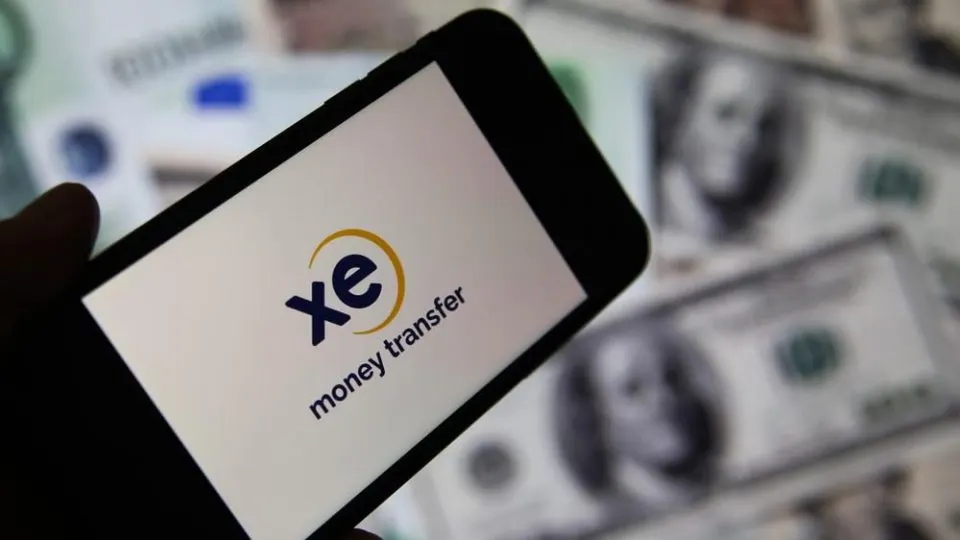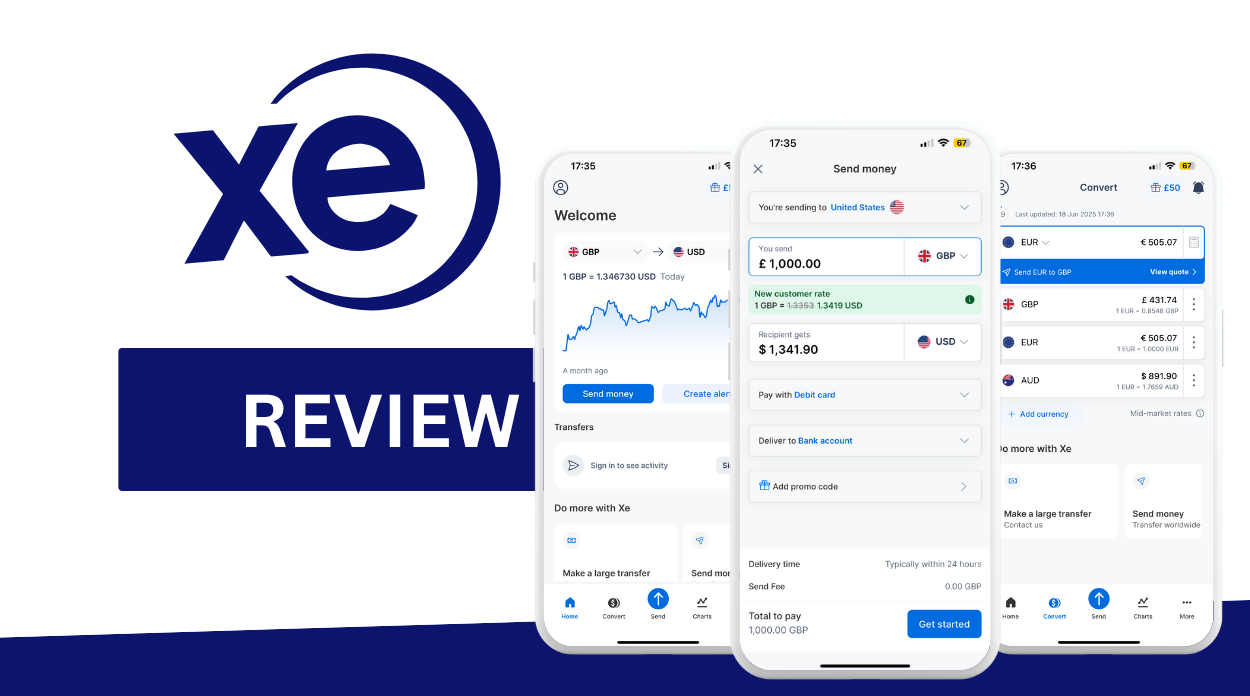In recent years, free-to-play (F2P) games have exploded in popularity, revolutionizing the gaming industry in ways that were previously unimaginable. The F2P model allows players to download and play games for free, with the option to make in-app purchases to enhance the gaming experience. This business model has proven incredibly successful, generating billions of dollars in revenue for gaming companies worldwide. In this blog post, we’ll explore the impact of F2P games on the gaming market, including their effect on player behavior, industry trends, and the overall gaming experience.
The F2P model has completely transformed the gaming market, providing players with a level of accessibility that was previously unheard of. Instead of having to pay upfront for a game, players can now download and start playing a game for free, without any commitment. This has resulted in a massive increase in the number of gamers worldwide, as the barrier to entry has been significantly lowered. With F2P games, players are able to try out new games without any financial risk, allowing them to explore different genres and styles of games that they may have been hesitant to try before.
However, the F2P model is not without its drawbacks. One of the biggest concerns with F2P games is that they can be addictive, as players can become engrossed in the game and feel compelled to make in-app purchases in order to progress. This has led to criticism that F2P games exploit vulnerable players, particularly children, who may not fully understand the financial implications of making in-app purchases. However, it’s worth noting that the F2P model is not inherently exploitative, and that it can be used in a responsible and ethical manner.
Despite these concerns, the F2P model has proven incredibly successful for gaming companies, with many generating billions of dollars in revenue from in-app purchases. This has led to a significant shift in the gaming market, with many companies pivoting towards the F2P model in order to capitalize on its potential. In fact, it’s estimated that by 2022, 90% of all mobile games will be free-to-play.
One of the key advantages of the F2P model is that it allows companies to generate revenue from a wider player base. Instead of relying solely on sales of the game itself, companies can generate revenue from in-app purchases, which can be made by a much larger pool of players. This has led to a shift towards games that are designed to be played over an extended period of time, with a focus on keeping players engaged and invested in the game. This has led to the rise of games that are updated regularly, with new content and features added over time to keep players engaged.
Another trend that has emerged as a result of the F2P model is the increased use of data analytics and player behavior tracking. Companies are now able to collect vast amounts of data on player behavior, including how long they play the game, what actions they take, and what purchases they make. This data can be used to optimize the game, making changes that are designed to keep players engaged and spending money. This has led to a greater emphasis on data-driven design, with companies using analytics to create games that are tailored to the preferences and behavior of their players.
However, the F2P model is not without its challenges. One of the biggest challenges facing companies that use the F2P model is how to balance the need to generate revenue with the need to provide a satisfying gaming experience. There is a delicate balance to be struck here, as players are unlikely to continue playing a game if they feel like they are constantly being pressured to make in-app purchases. Companies that are able to strike the right balance between generating revenue and providing a satisfying gaming experience are likely to be the most successful in the long run.
Another challenge with the F2P model is the increased competition in the gaming market. With so many games available for free, it can be difficult for new games to stand out and attract players. This has led to an increased focus on marketing and advertising, as companies try to promote their games and build a loyal player base.
Despite these challenges, the F2P model is here to stay, and it will continue to shape the gaming industry for years to come. As the market becomes increasingly competitive, companies will need to find new and innovative ways to attract and retain players. This will likely lead to further advancements in data analytics and player behavior tracking, as companies seek to create games that are even more tailored to their players’ preferences and behaviors.
Another trend that is likely to emerge is the increased use of cross-platform gaming. As players increasingly play games on multiple devices, there is a growing demand for games that can be played seamlessly across different platforms. Companies that are able to offer cross-platform gaming are likely to have a significant competitive advantage, as they will be able to offer a more seamless and convenient gaming experience to their players.
One area where the F2P model is already having a significant impact is in the esports industry. Esports, or competitive gaming, is a rapidly growing industry, with millions of players and viewers worldwide. The F2P model is particularly well-suited to esports, as it allows players to compete on a level playing field, regardless of their financial resources. This has led to the rise of games like Fortnite and League of Legends, which have become major players in the esports industry.
Related: Corsair Voyager a1600 review: a kitchen sink gaming laptop
However, the F2P model is not without its critics. Some have raised concerns about the impact of in-app purchases on children, who may not fully understand the financial implications of making purchases in a game. Others have criticized the F2P model for exploiting vulnerable players, particularly those with addictive personalities. While these concerns are certainly valid, it’s important to remember that the F2P model is not inherently exploitative, and that it can be used in a responsible and ethical manner.
Ultimately, the impact of the F2P model on the gaming industry is complex and multifaceted. While it has certainly transformed the industry in many ways, it has also presented new challenges and concerns. As the market continues to evolve, it will be interesting to see how companies adapt and innovate in order to stay ahead of the curve.
In conclusion, the F2P model has had a significant impact on the gaming industry, providing players with a level of accessibility and choice that was previously unheard of. While it is not without its challenges and concerns, it has transformed the way we think about gaming, and it will continue to shape the industry in the years to come. Whether you’re a casual player or a hardcore gamer, there’s no denying that the F2P model has changed the gaming landscape forever.



